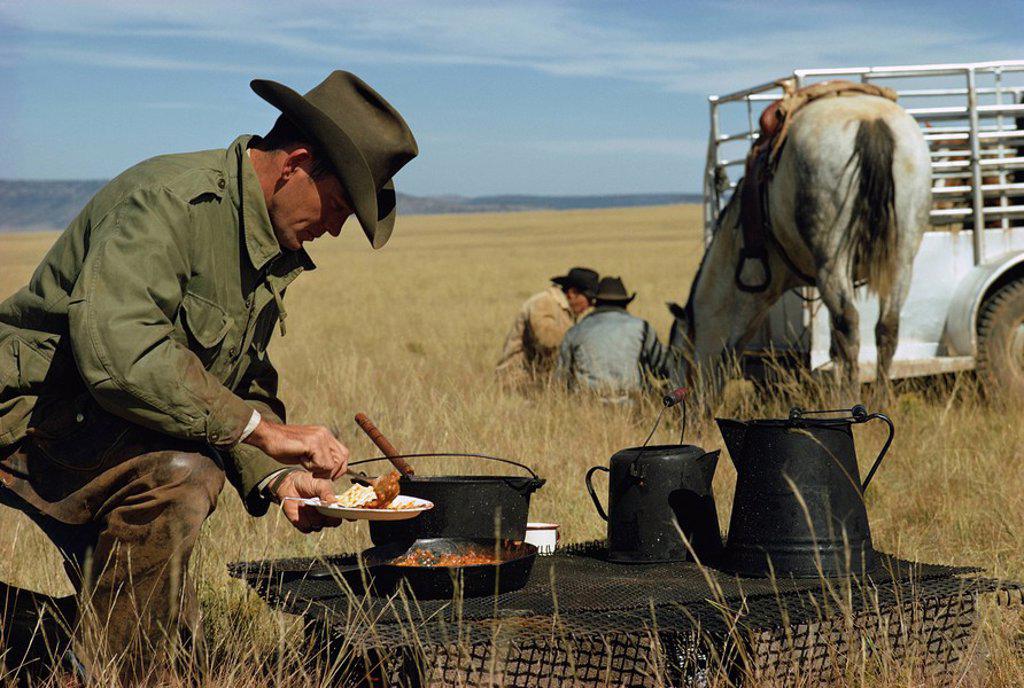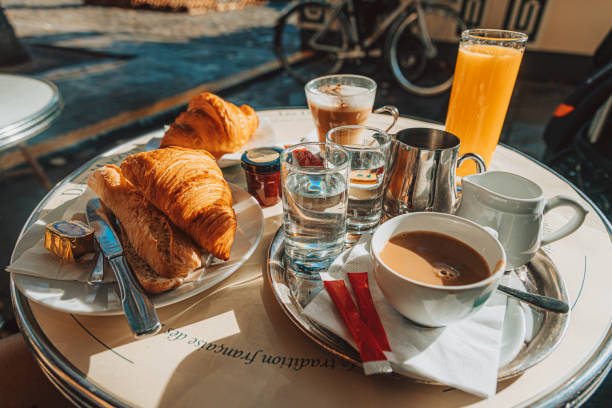Coffee Rituals Around the World: A Cultural Journey Through Brews.
Coffee is more than a beverage; it is a global language that connects people, reflects local traditions, and offers a fascinating glimpse into cultures worldwide. From intricate brewing techniques to meaningful shared moments, coffee rituals provide a window into the values, history, and social practices of each region.

In this exploration, we’ll journey across the globe to uncover unique coffee rituals, highlighting the stories, community connections, and cultural significance behind each brew.
1. The Ethiopian Coffee Ceremony: Flavour, Community, and Tradition
The Ritual: In Ethiopia, coffee is a symbol of community and hospitality. The ceremony begins with roasting green beans over an open flame, filling the space with a rich aroma.

Beans are ground by hand using a traditional mortar and pestle, then brewed in a special pot called a jebena. Coffee is poured into small cups, often with a frothy top called buna silt, and shared among guests.
Cultural Significance: Beyond drinking coffee, this ritual emphasizes connection, friendship, and storytelling, making it a profound communal experience.
2. Italian Espresso Culture: Social Connection in Every Sip
The Ritual: In Italy, espresso is a way of life. Consumed quickly at bustling coffee bars, it punctuates the day from mornings to after meals. The ritual is less about the beverage itself and more about pausing to savor moments and engage socially.

Cultural Significance: Espresso culture is embedded in Italian society, creating opportunities for interaction and fostering social bonds throughout the day.
3. Turkish Coffee: Tradition and Fortune in Every Cup
The Ritual: Turkish coffee is prepared by boiling finely ground beans with water and sugar in a cezve, a long-handled pot. Served in small cups, the thick grounds settle at the bottom. After drinking, cups are turned upside down to reveal patterns used for fortune-telling.
Cultural Significance: This ritual blends hospitality, storytelling, and even mysticism, offering a shared, meaningful experience for family, friends, and guests.
4. Japanese Slow-Drip Coffee: Precision, Patience, and Artistry

The Ritual: Japanese slow-drip coffee requires meticulous attention to detail. Hot water is carefully dripped over coffee grounds for a deep, nuanced extraction. The process is deliberate and meditative, reflecting the nation’s dedication to precision and patience.
Cultural Significance: The ritual celebrates wabi-sabi, finding beauty in simplicity and imperfection, and encourages participants to savor the process as much as the cup itself.
5. Bedouin Coffee Tradition: Hospitality in the Desert
The Ritual: In the Arabian desert, Bedouin coffee is a centuries-old symbol of hospitality. Beans are roasted over an open flame, ground, and brewed with cardamom in a dallah.
Coffee is served in three rounds, each representing a stage of life: bitter like life, gentle like love, and sweet like death.
Cultural Significance: The ritual emphasizes welcoming guests, forging connections, and honouring life’s journey, making it both symbolic and communal.

Coffee Travel Guide: Best Cafés and Roasters Around the World.
For coffee lovers, exploring the world often means discovering unique cafés and specialty roasters. From local hidden gems to famous…

Sustainable Coffee: How to Drink Responsibly.
Sustainable Coffee: How to Drink Responsibly. Introduction Sustainable coffee isn’t just a trend it’s a movement that supports farmers, protects the environment,…
Coffee Storage Tips: Keeping Beans Fresh and Flavourful.
Coffee Storage Tips: Keeping Beans Fresh and Flavourful. Introduction Fresh coffee starts with proper storage. Even high-quality beans lose flavour and aroma…
Specialty Coffee Drinks: Lattes, Cortados, and More Explained.
Coffee culture isn’t just about black coffee it’s also about specialty drinks that combine espresso, milk, foam, and ………………. Read…
Coffee and Sleep: How to Enjoy Your Brew Without Insomnia.
Coffee can be a lifesaver in the morning, but drinking it at the wrong time can disrupt sleep and impact…
Healthy Coffee Habits: Enjoy Your Brew Without the Guilt.
Healthy Coffee Habits: Enjoy Your Brew Without the Guilt Introduction Coffee can be one of life’s greatest pleasures, but many people worry…
Conclusion: Coffee Rituals That Connect Cultures
Coffee rituals around the world are more than drinks—they are cultural experiences that unite people, preserve traditions, and encourage connection. From Ethiopia’s ceremonial gatherings to Italy’s quick espresso exchanges, Turkey’s mystical fortune-telling, Japan’s meditative slow-drip, and the Bedouin desert traditions, each coffee ritual tells a story.
Next time you brew a cup, remember: it’s part of a centuries-old tradition linking people, stories, and cultures across the globe.
Explore More Coffee Experiences
Dive deeper into the world of coffee with these guides from DreamingCoffee:
- Cover the Remarkable Flavours! – Discover how to grow coffee at home with Arabica and Robusta varieties.
- Heavenly Harmony: Coffee & Chocolate – Learn the art of coffee and chocolate pairings and decadent treats.
- Coffee House: Social & Cultural Spaces – Explore the history and modern significance of coffee houses worldwide.
- 10 Coffee Break Ideas – Creative ways to boost energy and focus with coffee.
- Manual Coffee Grinding Guide – Perfect your coffee grinding and brewing skills at home.
Author.

Brendon McAliece has spent more than 45 years immersed in a passion for coffee, exploring beans, brewing traditions, and café cultures across the globe.
A multilingual expat fluent in Thai, three Thai dialects, Lao, and European languages, he values the role of coffee and language in building cultural connection.
His diverse background also includes over three decades in flight simulation and PC building, alongside two decades of service as a jet fighter weapons and egress technician.
Learn more @
DreamingGuitar.com – DreamingCoffee.com – LetsFlyVFR.com
Home – Blog – Shop – About
As an Amazon affiliate I may earn on qualifying sales.








13 responses to “Coffee Rituals Around the World: A Cultural Journey Through Brews!”